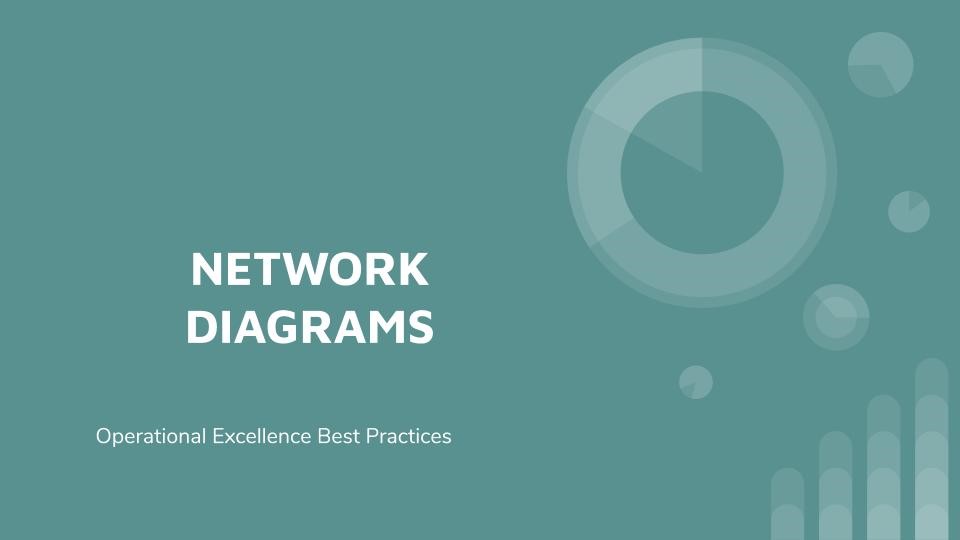
An industrial plant is a dynamic organism. When a plant is built, it is usually built at a baseline operational level, with the current technology of the time. With time, an organization might want to take the relevant actions to expand operations and enable an increase in throughput. Alternatively, they may be in a situation where the unit operations may reach their lifespan and new units will be commissioned in order to replace these existing parts.
For this example, we’re going to look at the case of a fuel oil heater that has reached its life. After a series of operations that include retubing the heater, a point will be reached in the eyes of the Operations Manager where a replacement heater will be needed. This activity will be defined as a Capital Expenditure project, requiring the department to go through a series of activities from designing the heater, ordering the heater, shipping the heater to site and finally the commissioning of the unit on site. All of these activities will be engaged in project management activities, and it will be critical for an organization to ensure that such a project is managed.
At some point in the project, a management tool known as a network diagram may be used to ensure that the appropriate project times are adhered to.
In the project management body of knowledge, a network diagram is a graphical representation of the critical tasks and project workflow. As an interconnected visual medium, the network diagram sequences the project and tracks the progress from the initial phases of the project all the way through to completion. All actions are included in the project, and as a result, the project scope is readily illustrated via the project network diagram. It acts as a project management visual management tool.
The network diagram facilitates project management, and enables the status of each action item to be noted. Knowing how the project is progressing will ensure that performance and productivity is boosted. Knowing what is current, what is work in progress will generate accountability and allow the team to actually push the project to completion.
Types of Network Diagrams
As with all visual systems, there is more than one way to depict a network diagram. The two main methods are the “Activity on Arrow” and the “Activity on Node”. The two systems are designed to actually indicate the activities of the project. The network diagram is a collection of nodes, and arrows that outline the sequence. There are two methods that are utilized in the design of network diagrams. These are the Arrow Diagram Method and the Precedence Diagram Method.
Method Number One: Arrow Diagram Method
Arrow diagram method (ADM)
The utilization of arrows in the Arrow Diagram Method is a method that enables activities to be represented in a specified format on the network diagram. The project management body of knowledge depicts that:
- The arrow’s tail is indicative of the project start
- The arrow’s head represents the project’s finish
- The project’s duration is directly proportional to its length
- Nodes are connected by arrows. The connected points or nodes denote the start of end of a project.
- All nodes have a relationship indicating the finish of the initial node to the start of the subsequent node.
From our example above, for the heater commissioning project, a series of activities such as:
A – Heater Design
B – Heater Manufacture
C-Heater Platform Design
D- Heater Commissioning
E-Operational Activity
F-Heater Piping Design
G-Heater Platform Construction
H- Heater Piping Construction
From the sequence above, activity D can only occur once activities A, B, C,G and H are complete. In a network diagram, the sequential activities A and B, C and G, F and H will all be interconnected. All activities work together, and some can be operated in parallel with the ultimate objective of synchronization at an appropriate point in the project flow. With the appropriate arrow and node connections, the appropriate sequence can be developed. This is the simpler operational method. Let’s delve into the Precedence model.
Precedence diagram method (PDM)
For the heater commissioning project with the series of activities:
A – Heater Design
B – Heater Manufacture
C-Heater Platform Design
D- Heater Commissioning
E-Operational Activity
F-Heater Piping Design
G-Heater Platform Construction
H- Heater Piping Construction
Utilizing the precedence diagramming method, the project activities will be denoted by project boxes or nodes. The arrows will then represent their sequential relationship. The project sequences are classified according to the project terminology which includes: finish to start, start to start, finish to finish and start to finish. Expanding on the project sequencing, much like in the previous example, the project management team can now include additional features like lead times and lags on the diagram.
With the two aforementioned tools, an organization will be well equipped to visually manage the project. Ask your project manager what tool they utilize in their management tools. Either method works, you just need to ensure that with these tools, the projects are executed on time.
